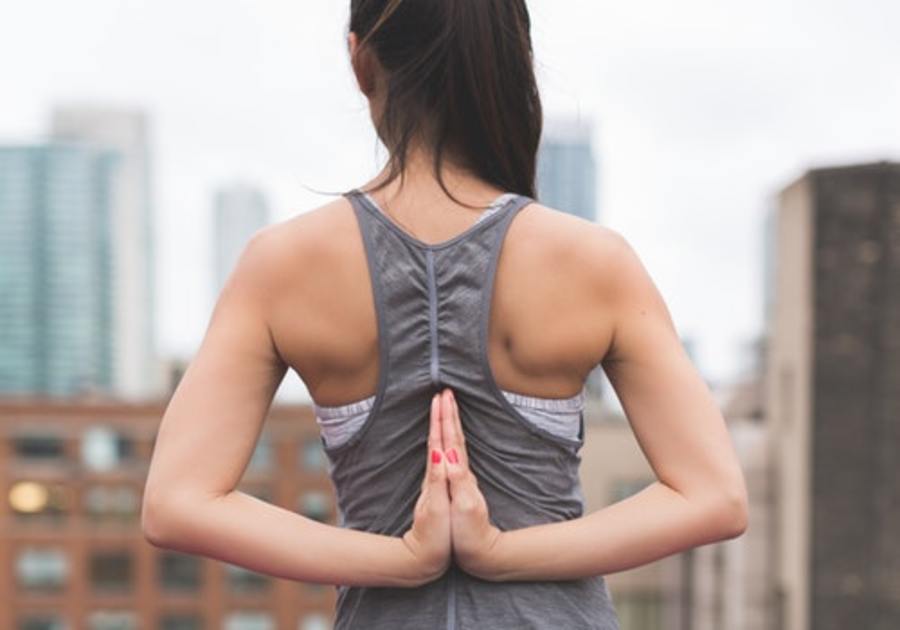Especially for those children going through their growth spurt, I tell my patients/parents that as they become “longer”, the skeleton (the bones, especially the long ones like the humerus, femur, and tibia) are the first structures to grow. The muscles, tendons, and ligaments are often “along for the ride.” These soft tissues cross joints, and joints are where two bones meet. So as two attachment points become farther away from one another, that soft tissue comes under tension. And tension equals lack of flexibility.
What are some problems that can arise from lack of flexibility?
There are probably two common things that can arise from decreased flexibility: pain and injury.
Adolescents going through their growth spurt will often have front of the kneecap pain (what we call patellofemoral pain), hip pain, or foot/heel pain (Sever’s Disease, not really a “disease”.) While these are not serious conditions, it’s important that we are cognizant of them as parents, coaches, and health care professionals.
Injuries will often occur with overuse of joint that cannot gain full range of motion. In athletes that are throwers, jumpers, or runners we’ll see injuries that are directly related to their lack of skeletal maturity. It’s often a frustrating to an elite athlete or parent.
How can yoga play a part in building flexibility for young athletes?
I love yoga for the inflexible young athlete. Obviously, it helps gently gain length in these soft tissues that are constraining the joint. The soft, slow, static stretching is a hallmark of physical therapy treatment since the beginning of time.
Also, an added benefit is that it will also help develop strength in a low impact fashion. The athlete can develop improved balance and proprioception (understanding where your body is relative to space and time.)
And as a bonus, it helps calm the mind. Frequently, we have our young athletes in an ultra-aggressive, competitive atmosphere. This calmness is often the “ying-yang” athletes need to perform at peak performance.
How often do you suggest some sort of flexibility training for young athletes?
In terms of stretching on one’s own, I recommend light ballistic stretching for 10-15 minutes after a good warmup before athletics. Then some slow static stretching for an additional 10-15 minutes following sports. In terms of yoga for adolescents, 1-2 times a week would be a good starting off point.
Here are some yoga poses that can help build flexibility in your children (all Images provided by OrthoCarolina).
Downward Facing Dog –for posterior shoulder, hamstring, calves
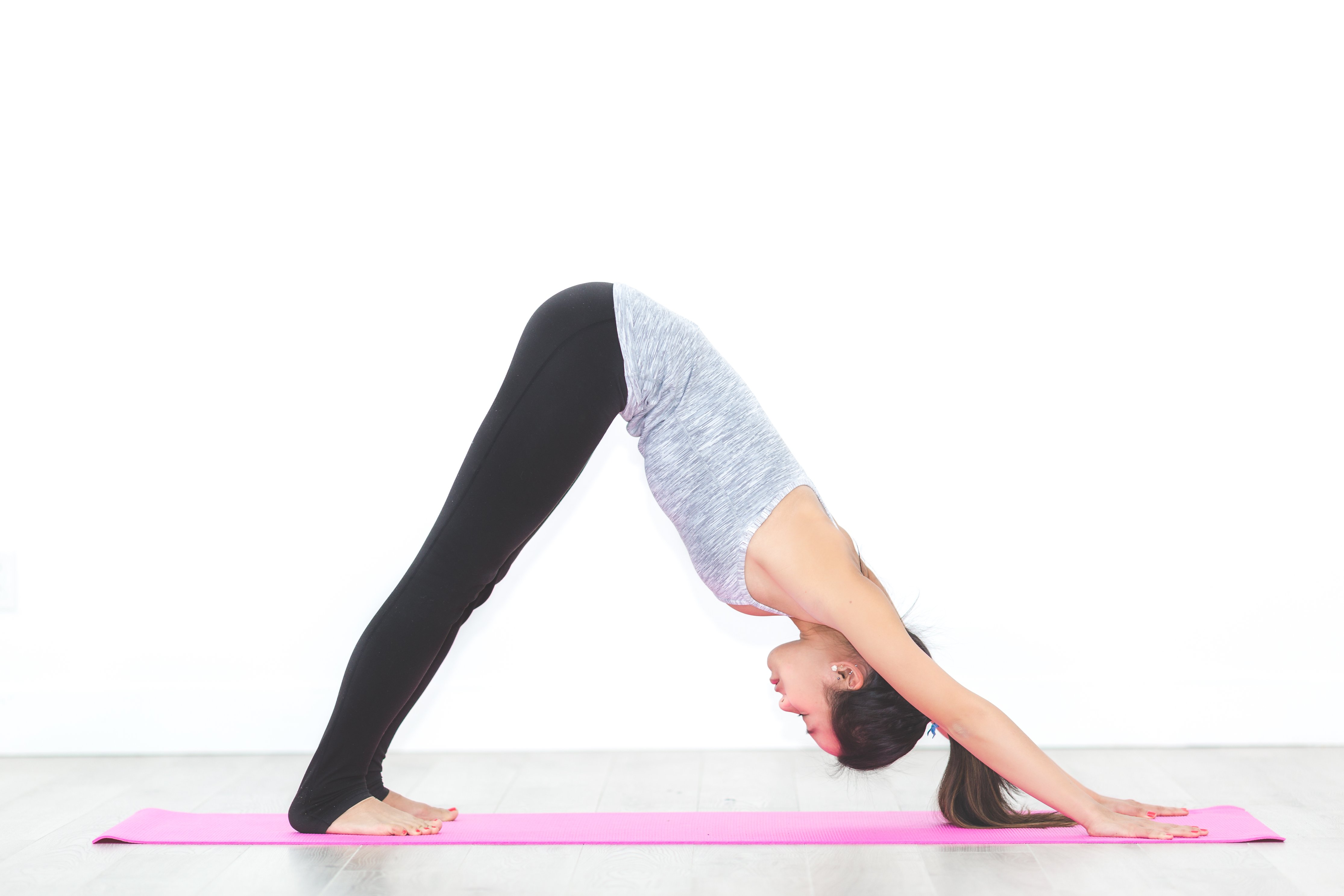
Ragdoll – hamstrings, low back

Pigeon – gluetes, psoas
Side Angle – obliques, inner thigh
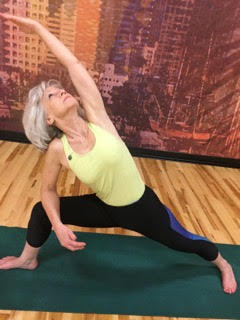
Cat/Cow – cervical, thoracic, and lumbar spine
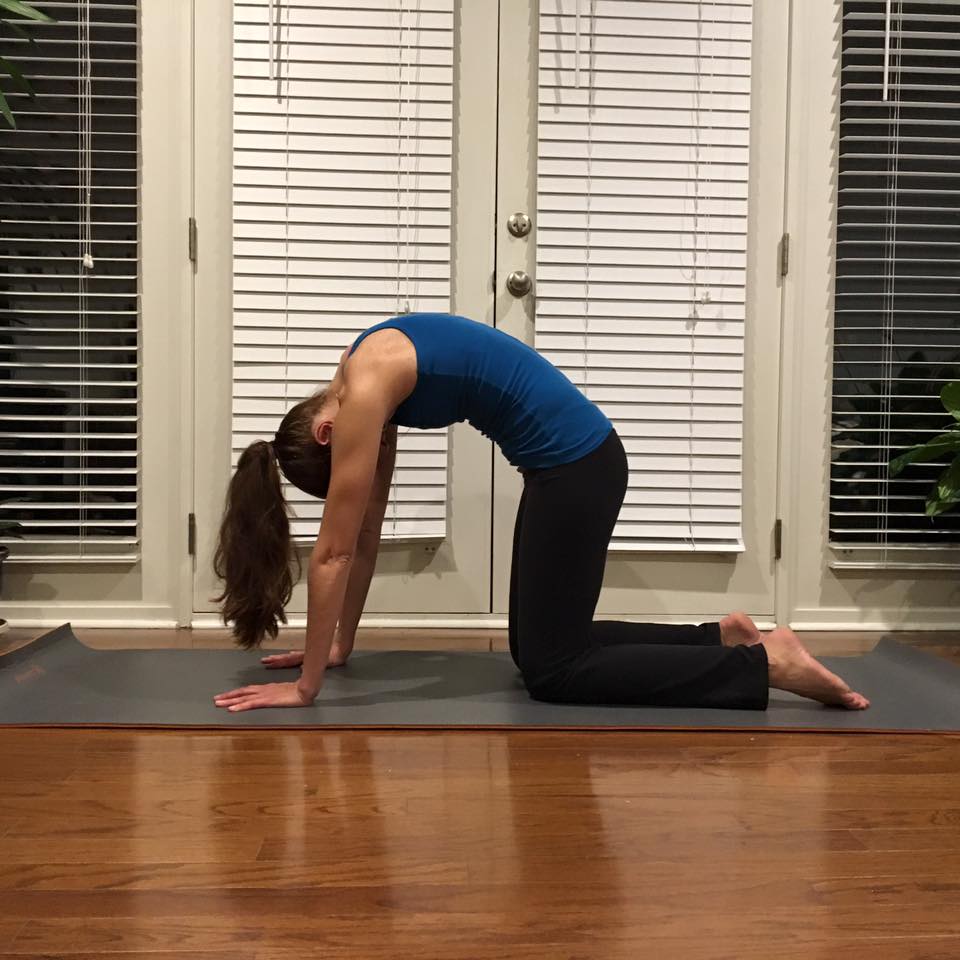
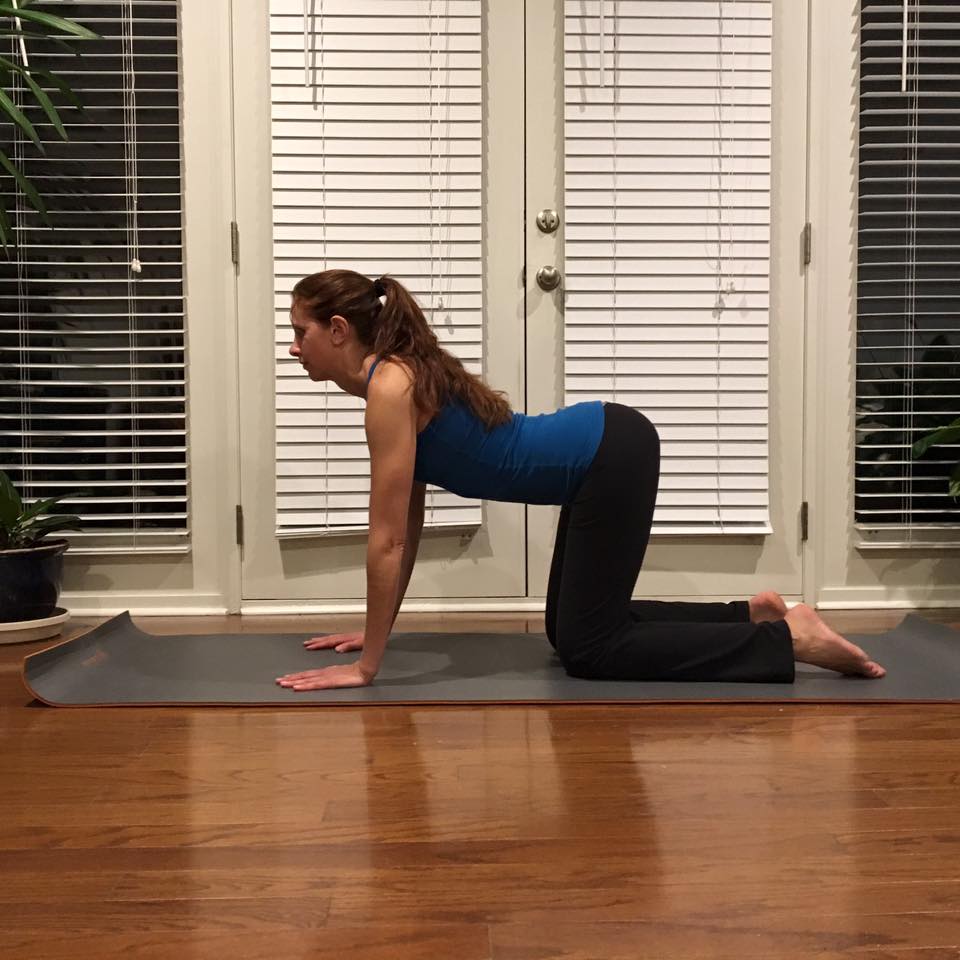
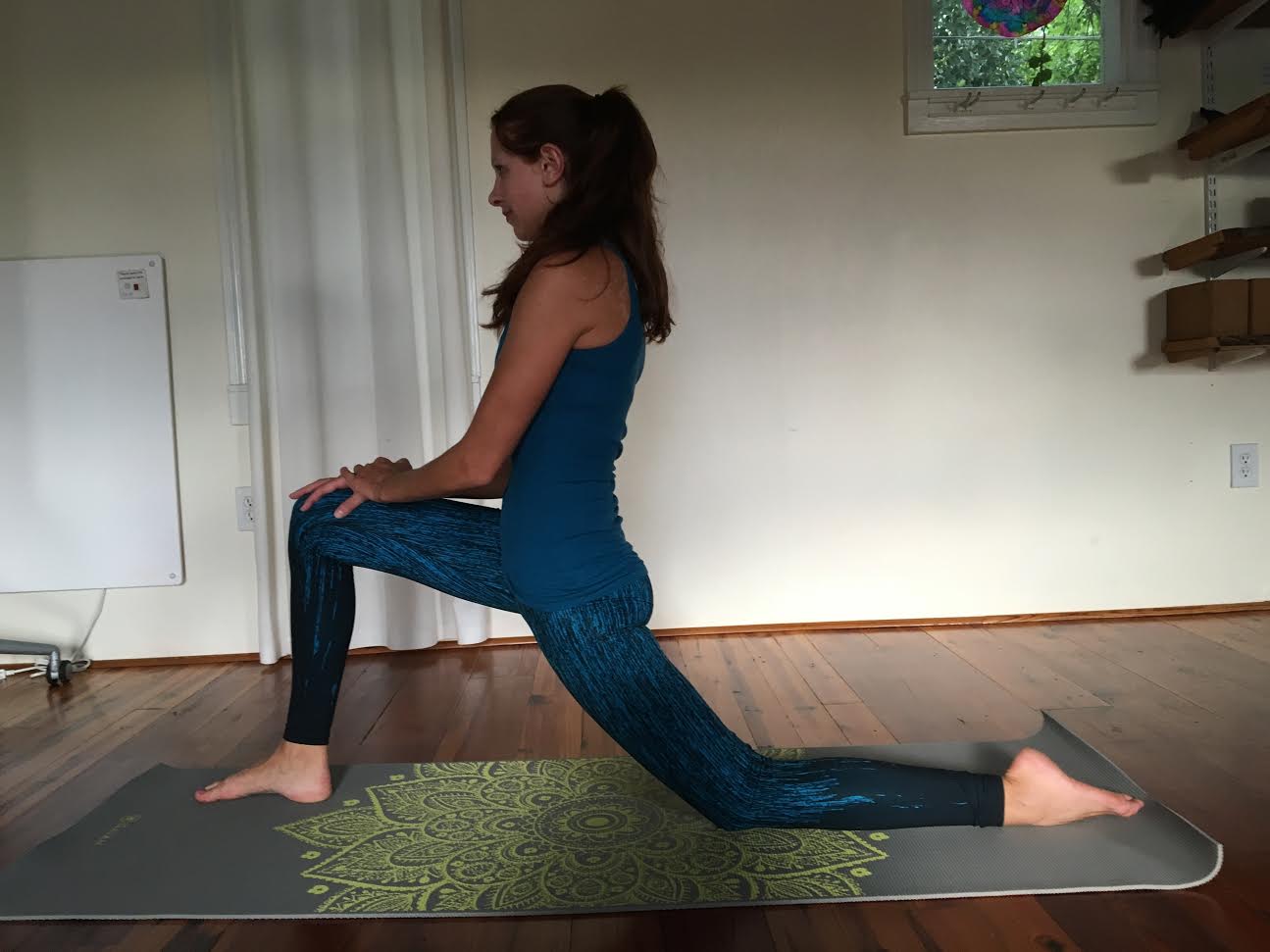
Chest Openers – anterior shoulder, chest
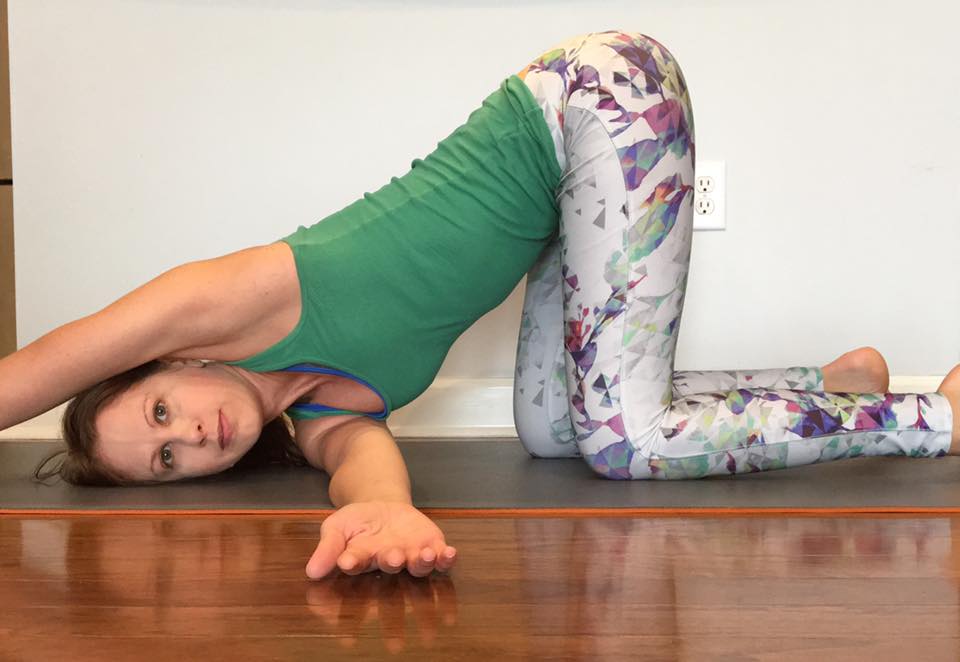
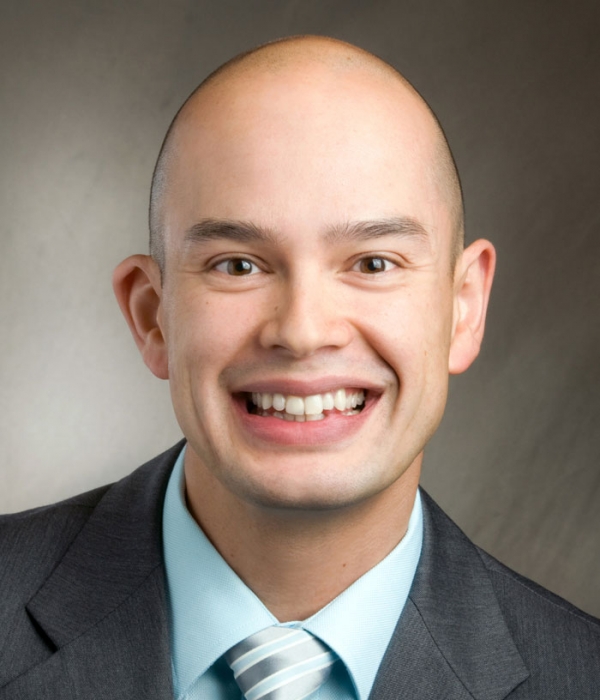
Aaron Hewitt, PA-C specializes in sports medicine and general orthopedic.
Mr. Hewitt's certifications include the following:
Physician Assistant Certified by the National Commission on the Certification of Physician Assistants
Fellow member of the American Academy of Physician Assistants (AAPA)
Fellow member of the Physician Assistants in Orthopaedic Surgery (PAOS)
Fellow member of the North Carolina Association of Physician Assistants (NCAPA)
To make an appointment with Mr. Hewitt call 704-323-2776
Want more Yoga information? OrthoCarolina has the scoop on all things yoga!

